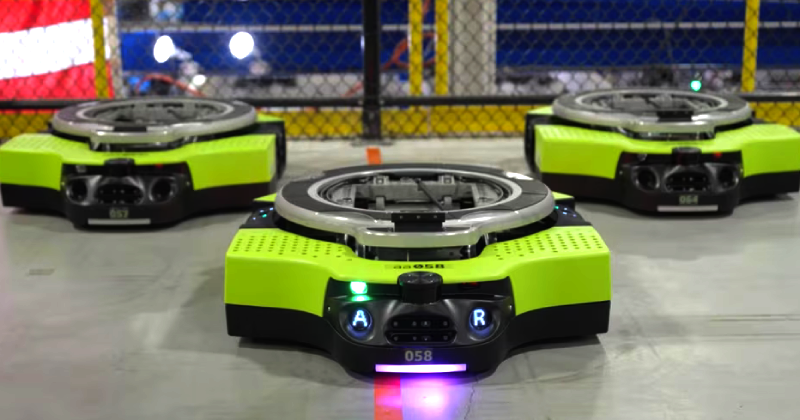Amazon is currently conducting trials of humanoid robots in its US warehouses, illustrating the company's ongoing efforts to increase automation in its operations. Amazon's rationale behind this move is to enable its employees to enhance customer service. In these trials, Amazon is experimenting with a new robot named Digit, equipped with arms and legs that allow it to mimic human-like movement, manipulation, and item handling.
Nevertheless, a union representative raised concerns about Amazon's treatment of its workforce, accusing the company of dehumanizing its employees. The representative suggested that Amazon's automation initiatives were leading to job losses, with numerous positions already vanishing from its fulfillment centers.
In response, Amazon contended that its robotics systems have actually resulted in the creation of hundreds of thousands of new jobs within the organization. These jobs encompass approximately 700 different roles that did not exist within the company previously and are often in skilled areas. Amazon noted that it currently employs over 750,000 robots, which work in collaboration with human staff and are primarily tasked with handling highly repetitive functions.
During a media briefing in Seattle, Tye Brady, the chief technologist of Amazon Robotics, emphasized the indispensable role of people and challenged the notion that Amazon could eventually operate entirely automated warehouses.
Brady expressed his belief that such a scenario is far from becoming a reality, stating, "I do not entertain the idea that this would ever come to pass." He stressed the essential nature of people within the fulfillment process, highlighting their capacity for higher-level thinking and problem-solving, which he considered irreplaceable.
 A Prototype Revolutionizing Warehouse Mobility
A Prototype Revolutionizing Warehouse Mobility
Rather than relying on wheels for its locomotion, Digit, the innovative creation of Amazon Robotics, employs a bipedal design. This unique robot is equipped with arms capable of grasping and relocating various items such as packages, containers, customer orders, and objects.
Scott Dresser from Amazon Robotics informed the BBC that this bipedal design enables Digit to navigate through challenging terrain, including steps, stairs, and locations within Amazon facilities that necessitate vertical movement. However, it's important to note that Digit is currently in the prototype phase, and the trial primarily serves the purpose of assessing its ability to work safely alongside human employees.
Mr. Dresser explained, "It's an experiment that we're running to learn a little bit more about how we can use mobile robots and manipulators in our environment here at Amazon." He also addressed concerns about potential job displacement, stating that Amazon's experience with these technologies has shown that they tend to generate new employment opportunities and facilitate company growth.
He further emphasized, "They don't always run, unfortunately, and we need people to repair them." In response to the increasing pressure to reduce costs, Amazon has significantly expanded its utilization of robots in recent years. This includes trials of a colossal robotic arm for item handling, the use of wheeled robots for warehouse logistics, and the adoption of drones for delivery services in select regions of the United States.